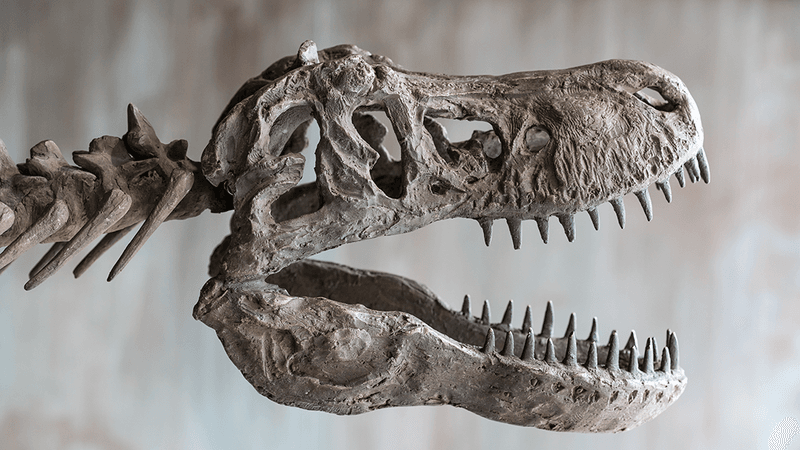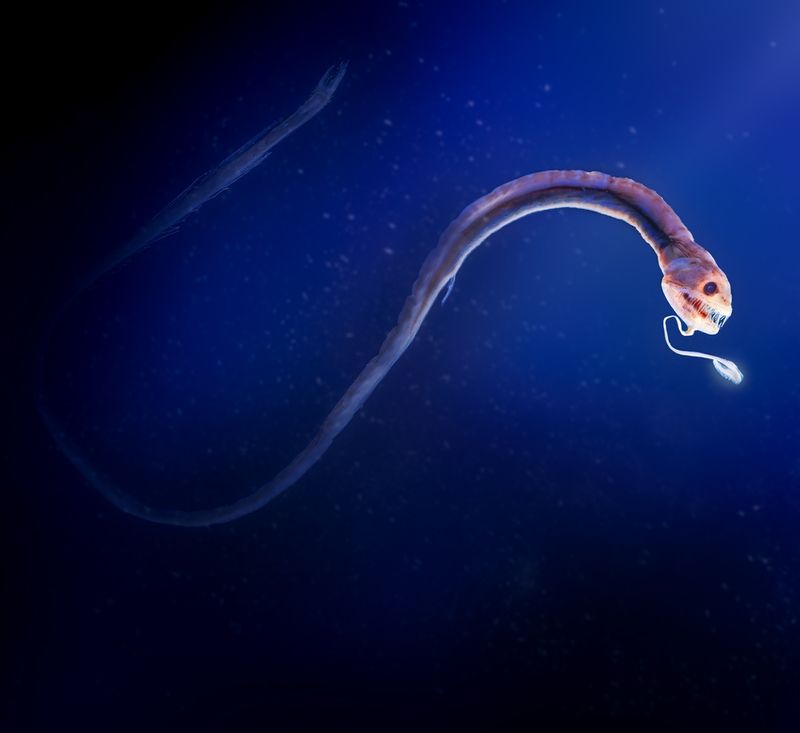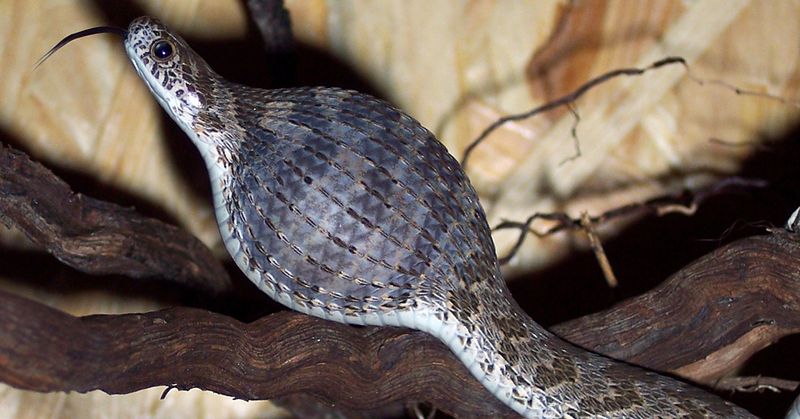A video of a conspiracy theorist has gone over the last few days, in which she invites people to put their "critical thinking skills to the test" and asks "If dinosaurs actually existed, wouldn't their bones be everywhere?"
While it's odd critical thinking to disregard all the evidence we have that dinosaurs existed because we haven't found even more evidence that they exist, it is nevertheless a fun question, and one that has been answered many times for anyone who wants to hit up Google before they record a video.




